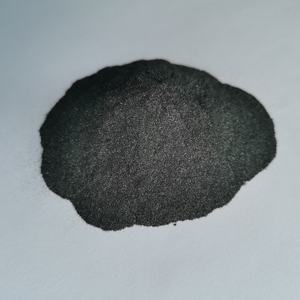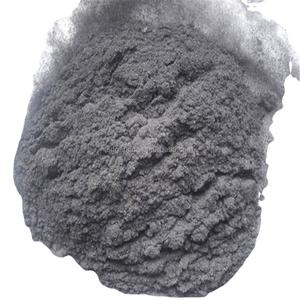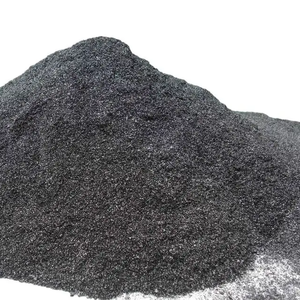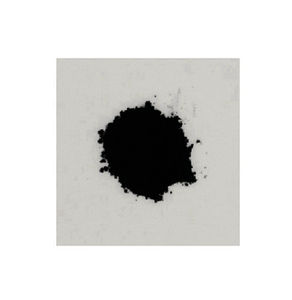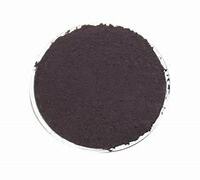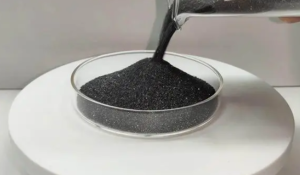Professional graphite material supplier, graphite for EV, grease, furnace and any other industries.
(Graphite Anode Or Cathode in Lithium-Ion Batteries)
Graphite is the anode or cathode in lithium-ion batteries (LIBs) used for portable electronic devices, electric vehicles and grid scale energy storage. Lithium ions move back and forth between the anode and the cathode in an electrolyte buffer that separates them during charging and discharging to store and discharge energy. Graphite is the dominant anode material in commercial LIBs due to its abundant availability, low cost and high cycle life. However, it is known that its performance needs to be enhanced significantly in order to meet the growing demand for longer portable electronic device battery lives and more range electric vehicles, and for large-scale energy storage applications such as grid scale power systems.
Various methods have been developed for improving the anode performance of lithium-ion batteries. These include increasing the gravimetric capacity of the anode, improving its rate capability, decreasing first cycle irreversible capacity loss and extending its cycle life. One important factor that impacts these improvements is the surface of the graphite anode. A well-controlled surface of the graphite can reduce its reactivity with electrolyte, thereby improving its coulombic efficiency and cycle stability.
Silicon is an excellent candidate to replace graphite as the material for LIB anodes. Unlike graphite, silicon is not only abundant and potentially low in cost, but it can also absorb much more lithium. This enables a battery to charge and discharge ten times faster than a conventional Li-ion battery featuring regular graphite anodes. Moreover, silicon offers a higher gravimetric capacity and volumetric energy density than graphite.
(Graphite Anode Or Cathode in Lithium-Ion Batteries)

